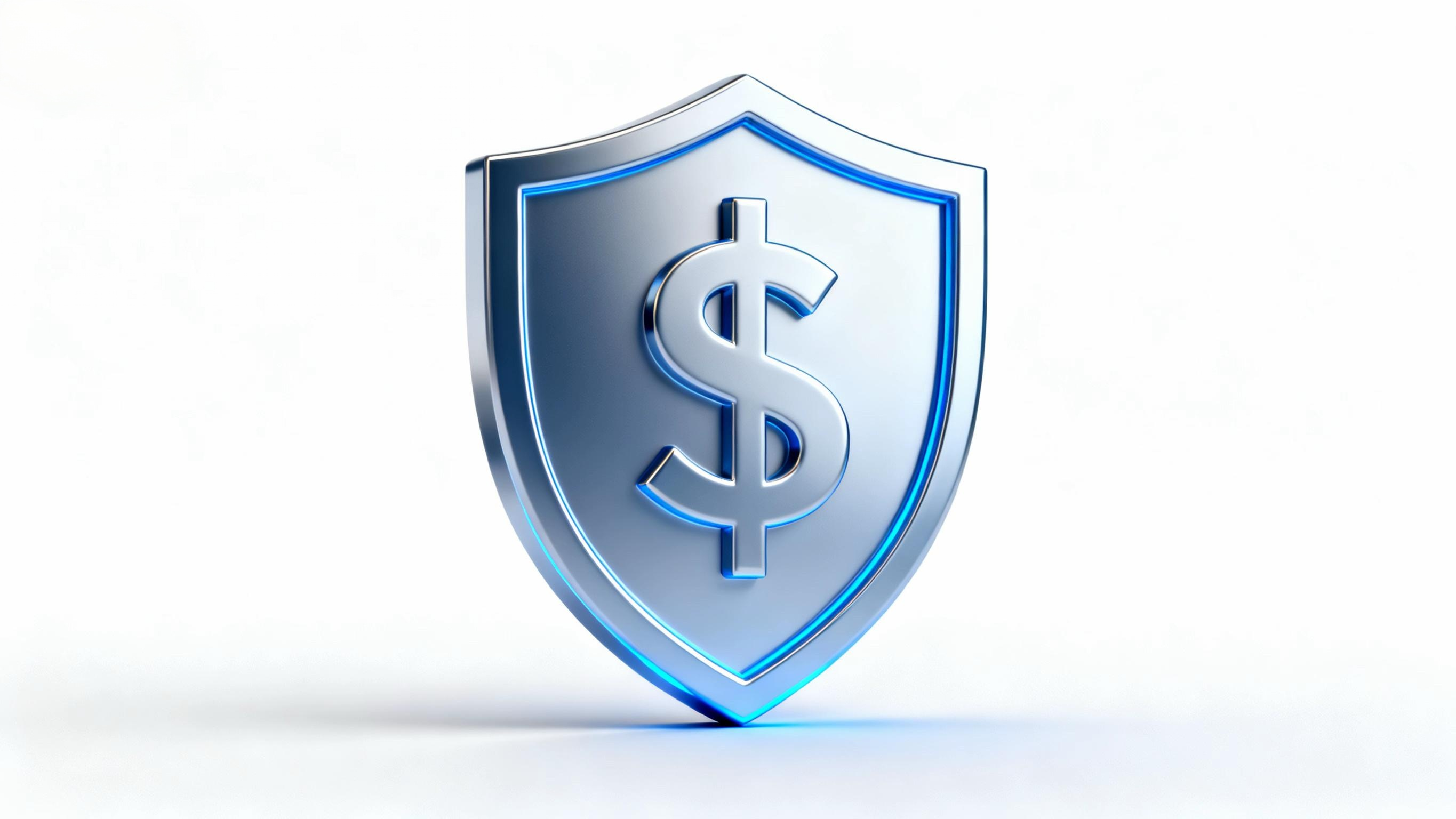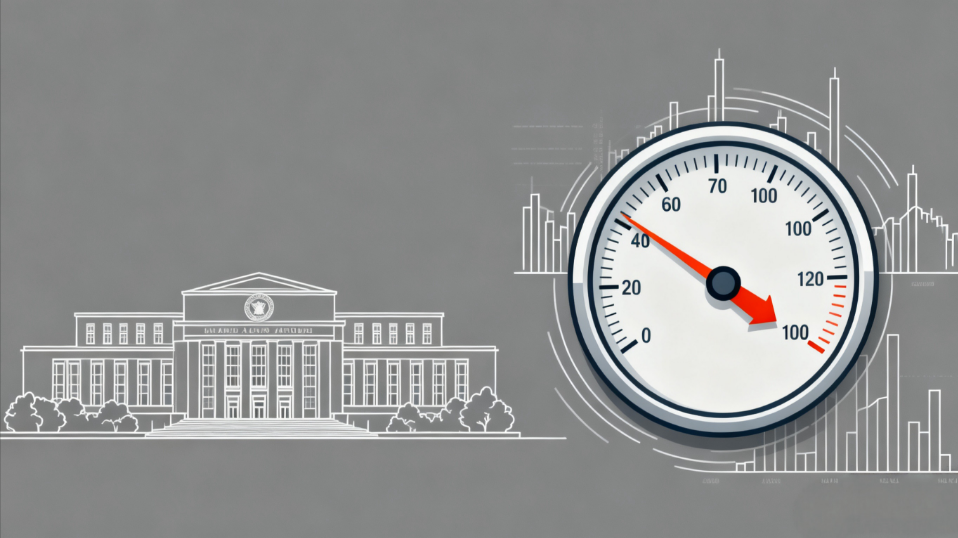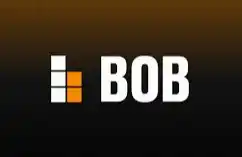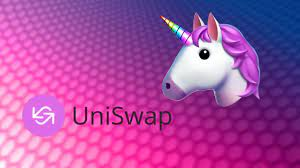
Tether has announced the launch of a new USD-backed stablecoin, USAT (USA₮), by the end of 2025, marking a significant step in its return to the U.S. market. Unlike the existing USDT, USAT will strictly adhere to the framework of the recently passed GENIUS Act, ensuring 100% reserves in USD cash and short-term Treasury bonds, while excluding assets such as Bitcoin, commercial papers, and non-standard collateral. The issuer will be the regulated Anchorage Digital Bank, with Cantor Fitzgerald serving as the custodian, and regular disclosures and audits are promised. It can be said that USAT enters the market with a "compliant posture," attempting to break away from Tether’s long-standing "opaque" label.
Notably, Tether is not abandoning USDT but is adopting a "dual-track" strategy: USDT will continue to serve the international market, maintaining flexibility and efficiency, while USAT will target the U.S. domestic market, meeting compliance and regulatory requirements. This "one brand, two systems" approach is interpreted by outsiders as both market expansion and regulatory arbitrage. After all, the U.S. is the global capital center, and if Tether can establish a foothold there, it can not only address external doubts but also compete with local rivals such as USDC and PYUSD.
Looking back, Tether’s compliance issues have frequently sparked controversy. From the 2019 investigation by the New York Attorney General to fines by the CFTC and charges by the SEC over false reserve disclosures, Tether has long been burdened with "non-compliant" suspicions. This is also a key reason why it gradually withdrew from the U.S. market and instead focused on Asia, Latin America, and the Middle East. However, in the current context of increasing emphasis on compliance in the stablecoin industry, Tether has had to shift its approach and reshape its image with USAT.
The launch of the new coin may reshape the stablecoin industry landscape. The standards set by USAT—100% Treasury reserves, federal custody, and regular audits—could become common thresholds for future compliant stablecoins. Products like Circle’s USDC and PayPal’s PYUSD may have to follow suit. However, challenges remain significant: compliance costs, strong competitors, and trust rebuilding are all hurdles Tether must overcome. Especially amid ongoing uncertainties in the U.S. policy environment, USAT’s future remains undetermined.
Overall, the birth of USAT marks a new phase for the stablecoin market: transitioning from gray flexibility to compliant transparency. For Tether, this is a risk but also a necessary step toward integrating into the mainstream financial system.
















